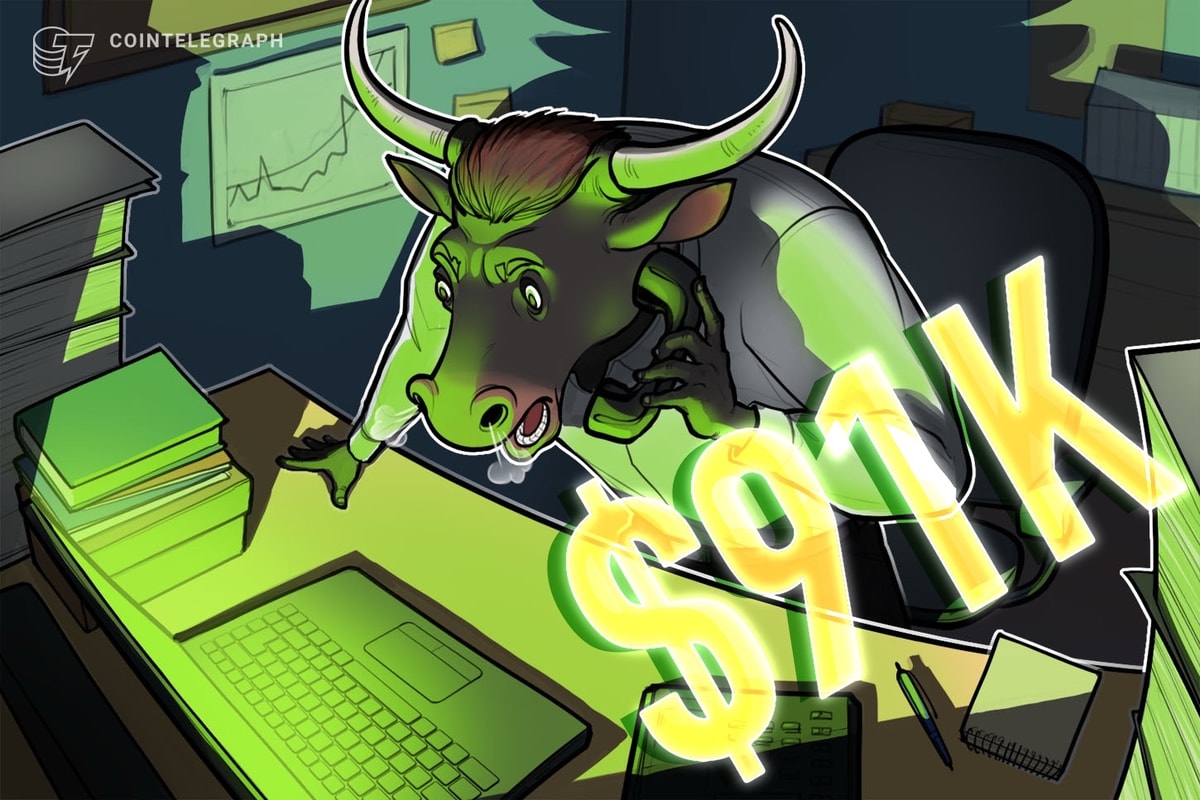[Update 11am GMT: The Bitcoin price has been soaring in the past few hours seemingly due to an influx of buying in China. Chinese exchanges Huobi and OKCoin have seen bitcoin trading for US$350 and US$380, respectively, compared to ~US$286 on Bitfinex and elsewhere.]
China’s stock market woes have been part of the reason for bitcoin’s recent rise in price. Considering the country’s dominance in bitcoin trading, continuation of falling stocks could fuel another record boom similar to what occurred back in late 2013 when the price soared beyond US$1,000.
Trillions destroyed
The Shanghai and the Shenzen have been in freefall in recent weeks despite actions by the People’s Bank of China (PBOC) to reassure investors. This has resulted in over US$3.9 trillion in wealth destruction. To put this in perspective, that is bigger than the entire French stock market (CAC).
The most disconcerting aspect of China’s stock market debacle is that this is happening with aggressively easy monetary policy. This is extremely rare. Most bubbles or rabidly bullish rallies end with central bank tightening. Things have gotten so bad that 71% of stocks had to be halted from trading.
The question everyone is asking is whether or not this is a correction within a bull market or a bubble bursting that could spill over to other global markets.
Reasons for the Crash
Simply put, the crash has happened due to extreme amounts of margin lending via retail investors and the companies listed on the exchange. Retail investors have been given generous margin terms and have used them voraciously as the chart below shows. However, retail margin lending has been only partially responsible for the crash.

Chinese companies have also been partaking in their own form of margin lending by using their own corporate stock to secure loans from the bank. This was working out really well when the market was soaring, but as share prices began to sink and the banks would probably start to call in their loans, companies decided to halt trading of their companies to avoid getting called.
It got so bad that at its peak, 71% of exchange listed companies stopped trading. In other words, a massive selling stampede started and a negative feedback loop of selling caused more and more selling, which triggered margin calls leading to more selling until the PBOC was forced to intervene and introduce “stability measures” to try and stop the carnage.
So on top of halting stocks, the selling of stocks owned by major shareholders (5% or more) has been suspended for 6 months and if they sold in the last 6 months they are required to buy them back. This comes on top of a group of major stock brokers and fund managers pledging 19 billion of their own money to support stocks.
Global Fallout
As the chart below shows, in the last 30 days alone, all commodities associated with global growth have taken another leg down as the Shanghai collapsed. The selloff is due to fears of a growth meltdown and a contraction in the Chinese economy.
Iron Ore, which is a proxy for the Chinese economy has fallen to a decade low on the fear of Chinese demand stalling.

A Boon for Bitcoin
Goldman Sachs noted that 80% of bitcoin trading volume comes from the Chinese market. In previous articles, it was stated that money flows to where it can make money. As bitcoin began its descent last year, the Shanghai started its massive uptrend. Thus, speculative Chinese money left bitcoin for the Shanghai.
Below is a chart showing that as the PBOC initiated its easing cycle, the Shanghai skyrocketed while the bitcoin price began to sink even further.

In the last month the picture has changed dramatically. The Shanghai has collapsed as bitcoin entered an uptrend. This could be the beginning of the return of speculative Chinese money back into the bitcoin market.
Below is a chart comparing the Shanghai versus the bitcoin price since the beginning of June. Bitcoin is up 20% while the Shanghai is down nearly 30%.

Another ominous chart, which could have a positive impact on the price of bitcoin is displayed below. This is an overlay of the Shanghai Composite versus the S&P 500 going back to 2005.
Notice how when the Shanghai collapsed in 2008 it took the S&P a few months to follow. In other words, it lagged the crash. Could history be repeating itself this time around or is this just a correction within an uptrend?

Since the collapse has been by more than 20%, a bear market has been triggered in the Shanghai. Goldman Sachs believes there is no bubble and they see a 27% rally from here. That would make this a cyclical bear within a secular bull market i.e., it’s nothing more than a deep and nasty correction.
The Forest through the Trees
The 1 year chart of the Shanghai shows an epic and rapid collapse. If we look at the forest through the trees with a long-term chart, the Shanghai is still in a major uptrend.

Below is a 10 year chart of the Shanghai, which shows its still in a healthy uptrend and hasn’t even pierced its 50 week EMA.

If we dive out deeper and go back 20 years you would not even know this had happened and that the breakout that began in the summer of 2014 will continue as seen below.

Has the crash in China run its course or is it portending something worse are questions that will be answered in due time. Meanwhile, a bigger concern for the Chinese market is how to restore confidence to those who have been wiped out or lost money along with trust in market.
The Chinese authorities have used extreme measures to try and calm the fears, but these measures show desperation more than anything since they are attempting to control what are supposed to be free markets. Regardless of outcome, money is starting to flow into bitcoin and that should not stop.










